Dry Season: Coping With The Harsh Sun Rays and 10 Effective Ways To Protect Yourself from the Scorching and Hot Sun in the Dry Season.


The Dry Season:
In the scorching dry season, coping with the relentless heat from the sun becomes a paramount challenge. As temperatures soar and the sun beats down mercilessly, individuals must adopt strategies to stay cool, hydrated, and healthy. This essay will explore various ways to cope with the heat during the dry season, focusing on measures to protect oneself from the harsh effects of prolonged sun exposure.

First and foremost, staying hydrated is crucial in combating the heat. The dry season often leads to increased perspiration, resulting in a higher risk of dehydration. It is imperative to drink an ample amount of water throughout the day to replenish lost fluids. Carrying a reusable water bottle can serve as a constant reminder to stay hydrated, ensuring that one is prepared to combat the dehydrating effects of the sun.
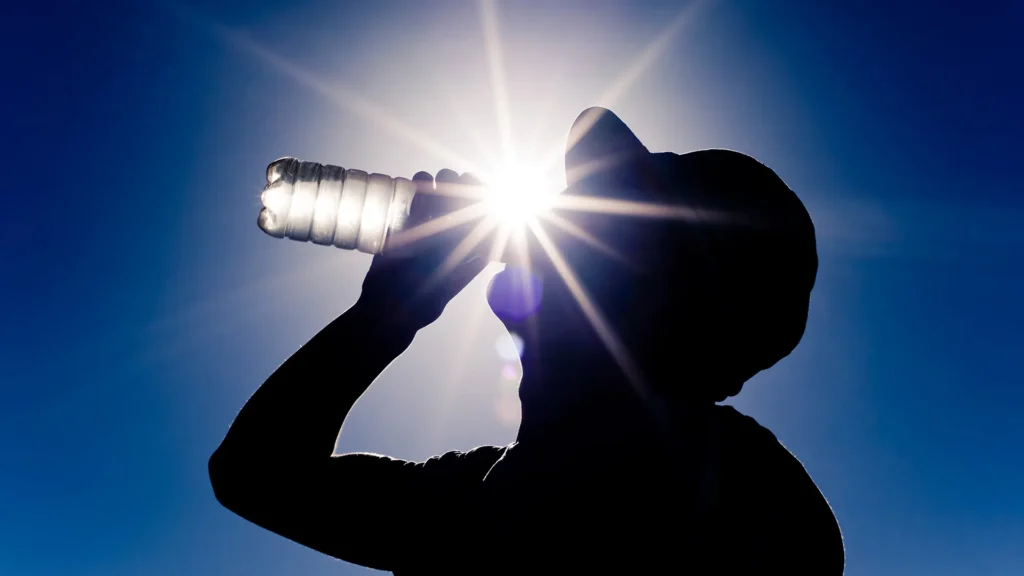
Alongside hydration, appropriate clothing is a fundamental aspect of coping with the sun’s intense rays. Wearing lightweight, loose-fitting, and light-colored clothing helps reflect the sun’s rays, preventing the body from absorbing excessive heat. Additionally, wide-brimmed hats offer shade to the face and neck, providing a protective barrier against direct sunlight. This combination of proper clothing and accessories aids in maintaining a comfortable body temperature, reducing the risk of heat-related illnesses.
Seeking shade is another effective strategy to cope with the heat during the dry season. Whether it be natural shade from trees or man-made structures like umbrellas, finding shelter from the direct sunlight offers a respite from the oppressive heat. This is particularly important during peak sunlight hours, usually between 10 a.m. and 4 p.m. By strategically planning activities to avoid prolonged exposure during these hours, individuals can minimize the impact of the sun’s intensity.

Moreover, applying sunscreen is a crucial step in protecting the skin from harmful UV rays. Sunscreen with a high SPF should be generously applied to exposed skin, including the face, neck, and arms. This not only helps prevent sunburn but also reduces the risk of long-term skin damage and lowers the chances of developing skin cancer. Regular reapplication, especially after swimming or sweating, ensures continuous protection throughout the day.
In addition to external measures, incorporating cooling techniques into daily routines is essential. Utilizing fans, air conditioning, or cool towels can significantly alleviate the discomfort caused by the heat. Taking cool showers or baths can also provide immediate relief and help regulate body temperature. Moreover, choosing lighter meals that are hydrating, such as fruits and vegetables with high water content, contributes to internal cooling and overall well-being.
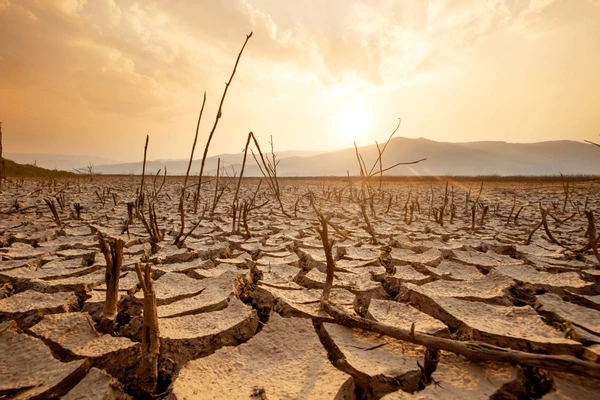
Exercise during the dry season requires careful consideration to avoid overheating. Opting for early morning or late evening workouts when temperatures are cooler is advisable. If outdoor activities are unavoidable, it is essential to pace oneself, take frequent breaks, and listen to the body’s signals. Exercising in shaded areas and staying well-hydrated are crucial to preventing heat-related illnesses like heat exhaustion or heatstroke.

Coping with the heat also involves being mindful of one’s overall health. Certain medications and medical conditions can increase sensitivity to heat, making it vital to consult with healthcare professionals. Additionally, paying attention to signs of heat-related illnesses, such as dizziness, nausea, or rapid heartbeat, is crucial. Prompt action, such as moving to a cooler environment and rehydrating, can prevent the escalation of these symptoms.
In conclusion, navigating the scorching heat of the dry season requires a comprehensive approach that encompasses hydration, appropriate clothing, seeking shade, sunscreen application, and adopting cooling techniques. By integrating these strategies into daily life, individuals can minimize the adverse effects of prolonged sun exposure and maintain their well-being during the challenging dry season. Staying mindful of personal health, adjusting daily routines, and implementing these coping mechanisms empower individuals to endure and even enjoy the warmer months while safeguarding themselves from the heat’s potential hazards.
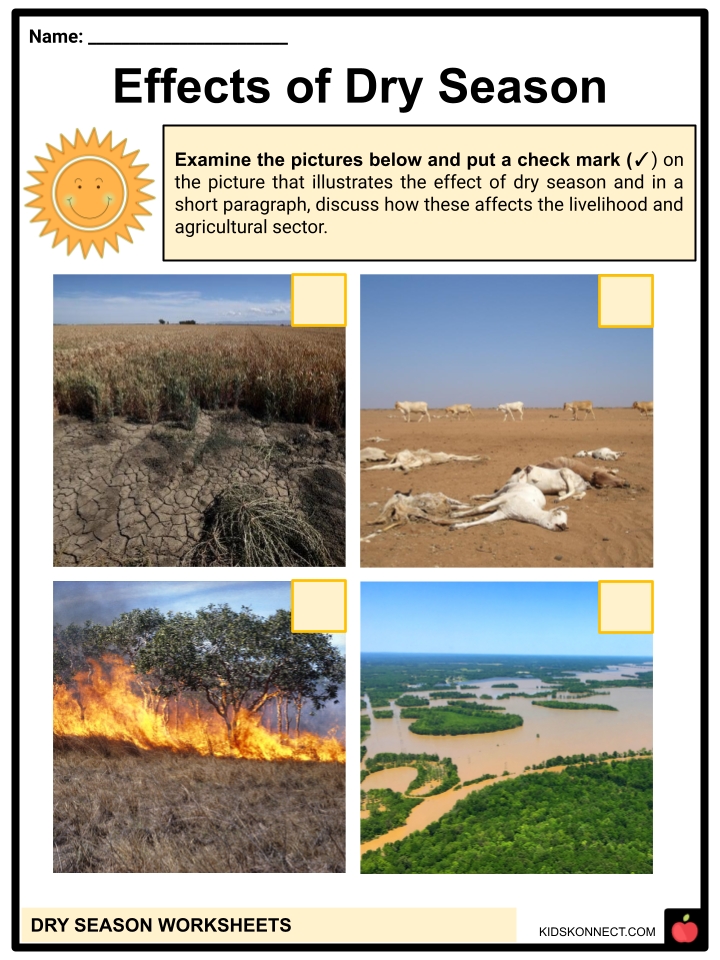
10 Ways To Protect Yourself From The Scorching Sun in the Dry Season:
1. Use Sunscreen:
Apply a broad-spectrum sunscreen with a high SPF (Sun Protection Factor) before heading outdoors. Reapply every two hours, especially if swimming or sweating.
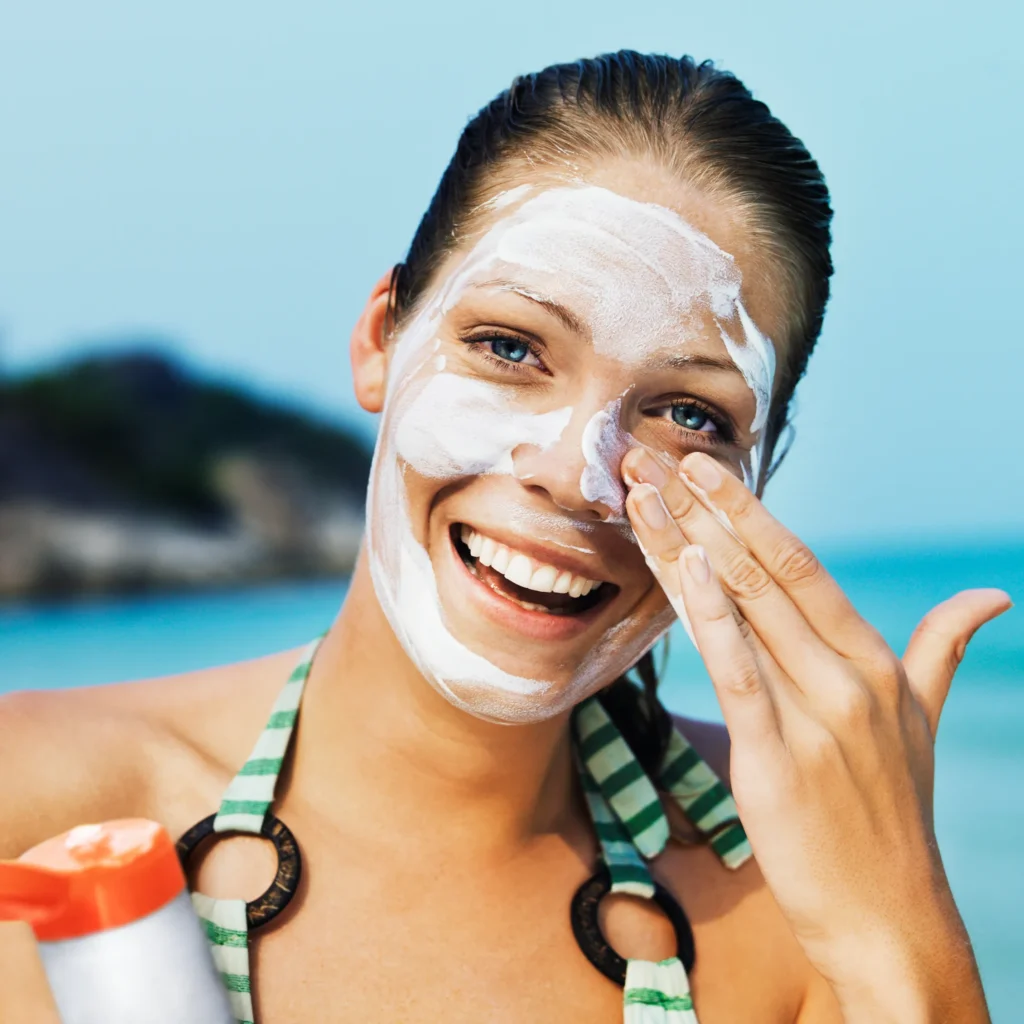
2. Cover Up:
Wear protective clothing, such as long sleeves, hats, and sunglasses, to shield your skin and eyes from harmful UV rays.

3. Seek Shade:
Find shade during peak sunlight hours, typically between 10 a.m. and 4 p.m. This reduces direct exposure to intense sunlight.
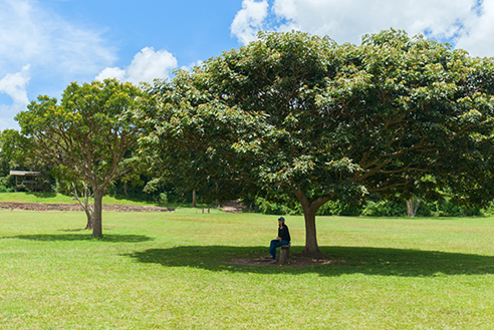
4. Stay Hydrated:
Drink plenty of water to stay hydrated in the dry season, helping your body regulate temperature and preventing dehydration.
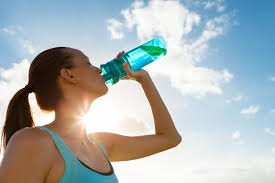
5. Avoid Tanning Beds:
Tanning beds emit harmful UV rays, increasing the risk of skin damage and premature aging. Opt for safer alternatives like self-tanning products.

6. Know Your Environment:
Be aware of reflective surfaces like water, sand, and snow, as they can intensify UV exposure. Take extra precautions in these settings.
7. Regular Skin Checks:
Keep an eye on your skin for any unusual moles or changes in appearance. Early detection of skin abnormalities is crucial for skin health.
8. Choose the Right Clothing:
Opt for tightly woven fabrics that offer better sun protection in the dry season. Some clothing items also have a UPF (Ultraviolet Protection Factor) rating for added defense.

9. Stay Informed:
Check daily UV index forecasts to plan outdoor activities accordingly. Higher UV levels indicate increased risk of sunburn.
10. Moisturize:
Use a moisturizer with SPF to ensure your skin stays protected even on cloudy days when UV rays can still penetrate.

In the dry season, when the sun’s intensity is particularly harsh, it becomes crucial to take proactive measures to safeguard your skin. By incorporating these habits into your routine, you can enjoy outdoor activities while minimizing the risk of sunburns and long-term skin damage.















